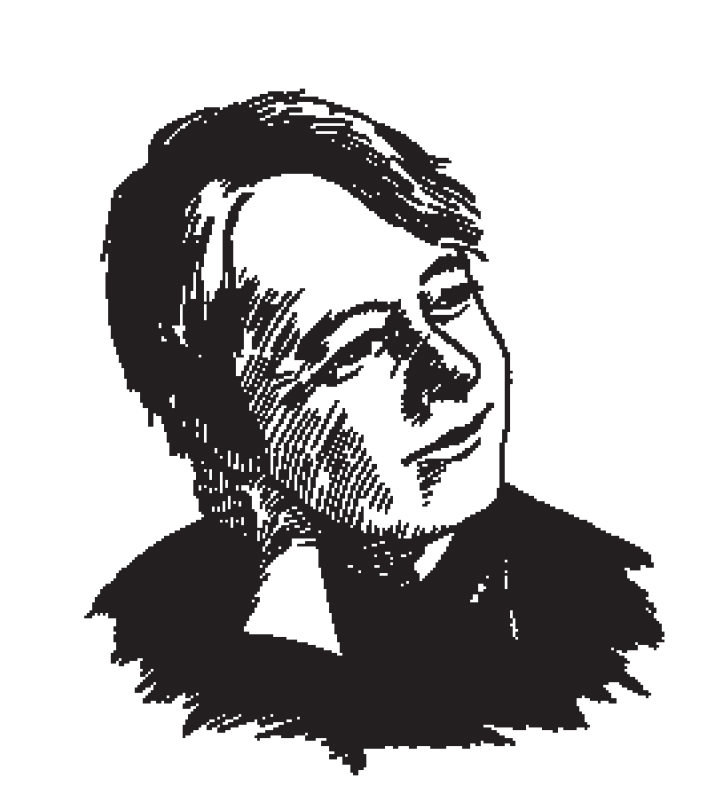I first met Alice Quinn at the New Yorker in 1997, when I joined the staff as an editorial assistant. She was, then as now, the magazine’s poetry editor, and we began what has grown into a years-long conversation about poetry. Despite her busy schedule, she was always happy to photocopy a poem she thought I’d enjoy, or to point me to an interesting item in the magazine’s archives—or even to share an explanatory letter she’d written to a subscriber baffled by the latest John Ashbery poem the magazine had published.
At some point, she began stopping by my office with photocopies of unpublished poems by Elizabeth Bishop. She told me she was editing a volume of Bishop’s uncollected work, which was held in archives at Vassar College. It was a monumental task, and I could only imagine how daunting her sense of responsibility to Bishop must be. After all, Bishop was a perfectionist who published only a handful of books; her Complete Poems is slimmer than many poets’ Selected Poems. Ostensibly, this would suggest that rifling through her unpublished work was somehow indelicate. But in Bishop’s case many of the unpublished drafts looked almost like finished poems—many scholars and poets who had seen the Vassar archives felt that the work there added not to our prurient curiosity about Bishop’s life, but to our picture of her poetic process.
Alice, it seemed to me, would be an ideal editor for a project that required an acute awareness of the delicacy involved, given Bishop’s feelings. The result of her labor, Edgar Allan Poe & The Juke-Box: Uncollected Poems, Drafts, and Fragments, appears this spring from Farrar, Straus and Giroux. Recently, Alice and I met at her West Village apartment, where we looked over copies of Bishop’s drafts, which are written in a shaky and strangely moving script.
—Meghan O’Rourke
I. “READING ‘VILLANELLE,’ SET
DOWN WHEN SHE WAS TWENTY-SIX,
YOU REALIZE THAT, FROM AN EARLY
AGE, BISHOP ASSOCIATED
THE FORM WITH CATASTROPHE.”
THE BELIEVER: How did Edgar Allan Poe & The Juke-Box come together? Elizabeth Bishop was famously careful about what she published. Did you ever feel ambivalent about the project?
ALICE QUINN: Well, Bob Giroux, Bishop’s lifelong editor, just took me to lunch and asked me to do it. In the moment, I couldn’t possibly resist. I had been up to the archive of Bishop’s work at Vassar and had found some things that were useful to him when he was editing a selection of her letters (published by FSG in 1994 under the title One Art). We got along well, and he...
You have reached your article limit
Sign up for a digital subscription and continue reading all new issues, plus our entire archives, for just $1.50/month.
Already a subscriber? Sign in





